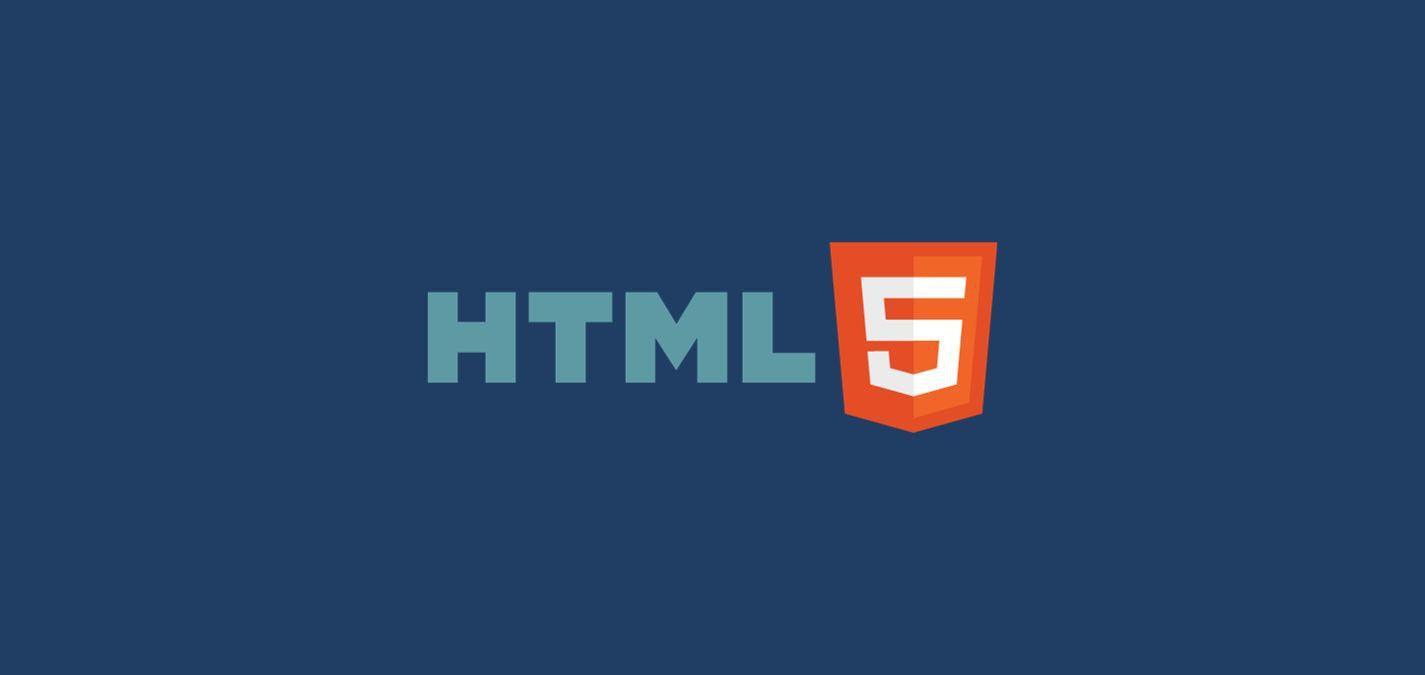The Intersection of HTML and SEO
How Search Engines Read Your HTML: Web pages are built on HTML, the foundational markup language of the web. Search engines deploy crawlers to scan and index web page content. These crawlers primarily navigate the HTML structure to grasp and rank content. Structured HTML ensures not only proper page rendering but also efficient indexing by search engines. For more insights on HTML's evolution, explore our Ultimate Guide to HTML.
Importance of Semantic HTML for SEO
Semantic HTML uses specific tags like <article>, <nav>, or <footer> to convey content meaning. These tags guide search engines in discerning content context, thereby optimizing its relevance to user queries.
Critical HTML Elements for SEO
Title Tags and Meta Descriptions
The title of a webpage is defined within the <title></title> tags and is pivotal for on-page SEO. Displayed on SERPs, it aids users in ascertaining page content. The meta description, encapsulated in <meta name="description" content="...">, offers a concise content summary, impacting SERP click-through rates.
<head>
<title>Your Page Title Here</title>
<meta name="description" content="A succinct page overview.">
</head>
Header Tags (<h1>, <h2>, etc.)
These tags structure content for readers while indicating content hierarchy to search engines. Typically, <h1> houses the main title, followed by subheadings in <h2>, <h3>, and so on.
Image Alt Text and Multimedia Captions
Images enhance user experience, but search engines rely on "alt text" within the <img> tag for understanding them. This enhances image search visibility.
<img src="example.jpg" alt="Image description for SEO purposes">
Introducing Rich Snippets
Rich snippets elevate the details search engines derive from content. Resulting in enriched search listings, they can elevate click-through likelihood.
How to Implement Structured Data in HTML
Structured data uses specific Schema.org schemas. These guide the markup of varied content types and convey content context to search engines.
For instance, marking up a local business's main page:
<div itemscope itemtype="https://schema.org/LocalBusiness">
<h1 itemprop="name">Your Business Name</h1>
<img src="business-image.jpg" itemprop="image" alt="Business Image">
<span itemprop="telephone">Your Phone Number</span>
<a itemprop="url" href="https://www.example.com">Website URL</a>
<div itemprop="address" itemscope itemtype="https://schema.org/PostalAddress">
<span itemprop="streetAddress">Street Address</span>
<span itemprop="addressLocality">City</span>,
<span itemprop="addressRegion">State</span>
<span itemprop="postalCode">Postal Code</span>
</div>
<span itemprop="description">Brief business description.</span>
</div>
Tips:
- Always use the most specific item type available on Schema.org for detailed markup.
- For multi-page websites, consider marking up each page relevant to its content.
- Test structured data using Google's Structured Data Testing Tool.
Common HTML-Related SEO Mistakes
Duplicate Content Issues
Duplicate content across URLs can muddle search engine indexing. Utilize canonical tags to identify the "master" copy.
Addressing Duplicate Content Issues
Understanding Duplicate Content: Duplicate content refers to substantial blocks of content that either completely match other content or are appreciably similar, whether within a single website or across multiple websites. This can be problematic because search engines aim to deliver diverse search results and might not know which version of the content is more relevant to a searcher's query.
Why it's an Issue:
- Search engines might rank the duplicated content page lower.
- The 'link equity' of a site could be diluted if various links point to multiple duplicate pages rather than a single page.
- Incorrect page might be shown in search results.
Analysis:
- Use Diagnostic Tools: Tools like Screaming Frog or SEMrush can crawl and detect duplicate content on your website.
- Google Search Console: This free tool from Google shows if your site has duplicate meta tags or title tags.
- Manual Checking: Especially for critical pages, it's worth occasionally copying a sentence from your page, putting it in quotes, and searching Google to see if it appears elsewhere.
Solutions:
-
Use 301 Redirects: If you've moved a page, ensure you've set up a 301 redirect from the old URL to the new one.
-
Apply Canonical Tags: By using the rel="canonical" tag, you can tell search engines which version of a page you want to be treated as the original and preferred one. Example:
<link rel="canonical" href="https://www.example.com/original-content-page/" /> -
Use Meta Tags: The
noindexmeta tag can be added to the pages you don't want search engines to index.
Best Practices:
- Consistent Internal Linking: Always link to the same URL format.
- Be Careful with Syndicated Content: If you syndicate content, ensure the syndicating website links back to the original content with a canonical tag.
- Maintain Content Uniqueness: Regularly audit your content and ensure it remains unique, especially if you have multiple authors or user-generated content.
Slow Page Load Times Due to Heavy HTML
Overloaded HTML can decelerate webpage loading, affecting user experience and SEO. Streamline and minify code to enhance loading times.
Combating Slow Page Load Times Due to Heavy HTML
The Problem: Heavy, bloated HTML can slow down a website, affecting user experience and potentially causing a drop in search engine rankings. Google has indicated that site speed (and as a result, page speed) is one of the signals used by its algorithm to rank pages.
Analysis:
- Google's PageSpeed Insights: It analyzes a page's content and suggests performance improvements.
- GTmetrix: Offers insights into page load details and suggests optimization strategies.
- WebPageTest: Provides a detailed view of load performance and bottlenecks.
Solutions and Implementation:
- Minify HTML: Minifying refers to the process of removing unnecessary spaces, lines, and redundancy from code to reduce its size. Tools like HTMLMinifier can assist.
- Remove Unused Scripts and Styles: Delete any unnecessary scripts, plugins, or styles that are not being used.
- Optimize Media: Use modern image formats (e.g., WebP) and ensure images are sized correctly. Lazy load images to ensure they're only downloaded when they come into the viewport.
- Implement Caching: Use caching to store a version of the website for faster loading upon subsequent visits.
Best Practices:
- Regularly Audit Code: Keep the backend of your website clean by regularly checking and cleaning up your HTML, CSS, and JavaScript.
- Use a Content Delivery Network (CDN): CDNs like Cloudflare or Akamai can cache and serve your site from servers located near your visitors, speeding up load times.
- Responsive Design: Ensure your site's design is responsive, loading only the necessary resources for the device in use.
For a more detailed dive into HTML, refer to the Ultimate Guide to HTML. With proper care and regular maintenance, you can ensure both unique content and swift load times, offering users the best experience possible.
Conclusion: Marrying SEO and HTML for Success
Blending SEO with adept HTML practices can drastically improve search rankings. By adhering to HTML best practices, you fortify your content's search engine visibility. For a holistic understanding, delve into our Ultimate Guide to HTML. Also, consider augmenting your skill set with essential HTML techniques from our article on HTML Code Snippets.




